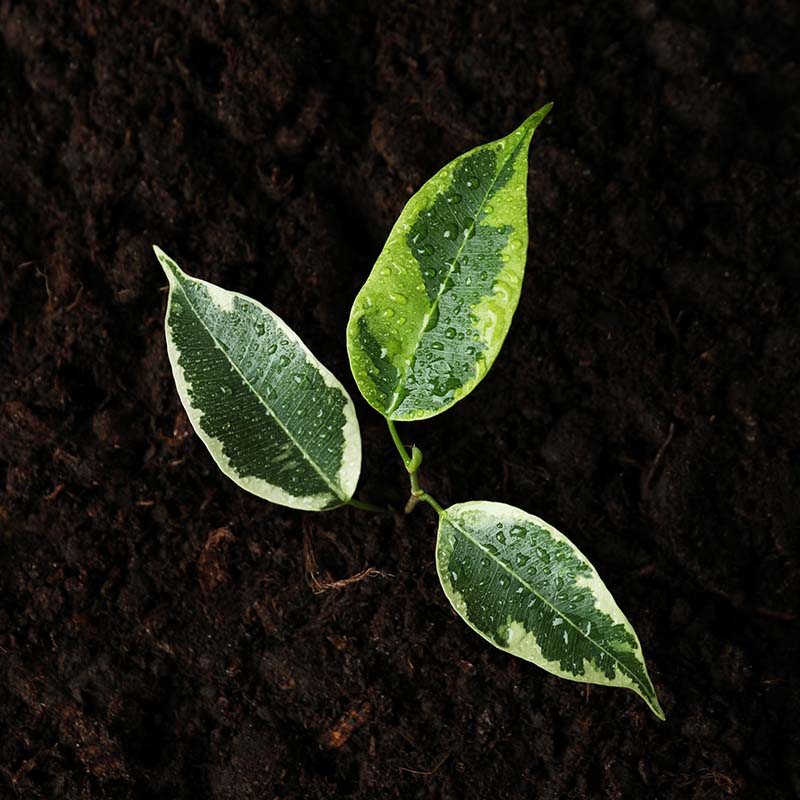
By: Akshata T.
Year: 2022
School: Aliso Niguel High School
Grade: 11
Science Teacher: Robert Jansen
Alana’s experiment tests whether plants are able to tolerate mars simulant in their growing mediums, and how Mars simulant in various percentages affects plant growth and the nutrient content of the plant.
The student soaked radish seeds overnight. While wearing protective gear, simulant was added to growing trays at 25%, 50%, 75% and 100% of the created experimental growing mediums with compost making up the rest. A control group used standard commercial growing medium with 15 mL of compost in each control tray. All trays were wet with tap water. Seeds were put on top of soil (avoiding clumps of seeds, they will die if stacked) and lids added. No water was added to the seeds for the first three days.
On day 4, lids were removed and trays were watered whenever needed and daily observations were logged. On day 10, only the control group and group 1 had grown enough to gather samples. The control group sample was juiced and measured 3 Brix. Group 1 was unable to produce a sample big enough to produce juice. On day 10, the control group was mostly 8 cm tall, while experimental group 1 was sparsely 2.5 cm tall and experimental group 2 was sparsely 2 cm tall. The other two experimental groups mostly germinated but did not continue to grow enough for further measurements. This data seems to indicate that plants have little tolerance for Mars simulant.
When the experiment was complete, the control group was about 8 cm tall on average, while experimental group 1 was about 2.5 cm tall on average and experimental group 2 was about 2 cm tall on average. The other two experimental groups were unmeasurable. “This data seems to prove that plants have little tolerance for Mars simulant, unlike I had previously thought,” the student wrote.
